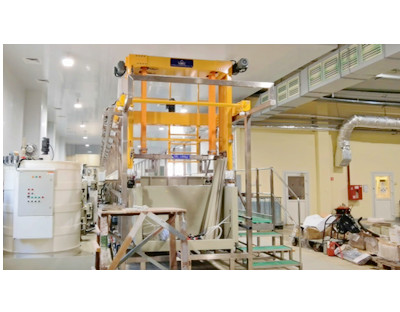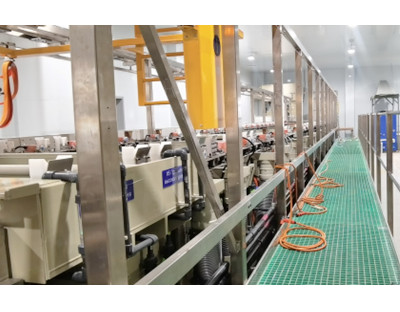Most screw fasteners require surface treatment. Surface treatment can notonly alter the appearance of screw fasteners, but also improve their rust and corrosion resistance. The quality of general electroplating is mainly measured by its corrosion resistance and appearance. Corrosion resistance refers to imitating the working environment of the product and setting it as experimental conditions. We often use a salt spray machine to test its corrosion resistance and conduct corrosion experiments on it. The quality of electroplated products is controlled from the following aspects:
1, Appearance of screw fasteners after electroplating
The surface of screw fasteners shall not have localized lack of coating, burning, roughness, dullness, peeling, peeling, or obvious stripes, and shall not have pinhole pitting, black plating residue, loose purification film, cracking, peeling, or severe purification marks.
2, The service life of screw fasteners in corrosive atmospheres is directly proportional to their coating thickness. The recommended economical electroplating coating thickness is 0.00015in~0.0005in (4-12um).
Hot dip galvanizing: The standard average thickness is 54um (referred to as 43um for diameters greater than or equal to 3/8), and the minimum thickness is 43um (referred to as 37um for diameters greater than or equal to 3/8)
3, The coating distribution of screw fasteners adopts different deposition methods, and the aggregation mode of the coating on the surface of screw fasteners is also different. During electroplating, the metal coating is not uniformly deposited on the outer edge, and a thicker coating is obtained at the corners. In the threaded part of the fastener, the thickest coating is located at the top of the threaded tooth, gradually thinning along the side of the thread, and the thinnest is deposited at the bottom of the tooth, while hot-dip galvanizing is the opposite. The thicker coating is deposited at the inner corner and bottom of the thread. The metal deposition tendency of the mechanically plated coating is the same as that of hot-dip galvanizing, but it is smoother and the thickness is much more uniform on the entire surface.
4,Hydrogen embrittlement
During the processing and treatment of screw fasteners, especially during pre plating pickling and post plating processes, hydrogen atoms are absorbed on the surface, and the deposited metal coating then captures hydrogen. When the fastener is tightened, hydrogen transfers towards the part with the most concentrated stress, causing the pressure to increase beyond the strength of the base metal and resulting in small surface fractures. Hydrogen is particularly active and quickly seeps into the newly formed crack zone. This cycle of pressure rupture infiltration continues until the fastene fractures. Usually occurs within a few hours after the first stress application.
To eliminate the threat of hydrogen embrittlement, screw fasteners should be heated and baked as quickly as possible after plating to allow hydrogen to seep out of the coating. Baking is usually carried out at 375-4000F (176-190 ° C) for 3-24 hours.
When electroplating screw fasteners, attention should be paid to the abov issues, which are also the main reasons for the poor quality of screw fasteners. Shenzhen Shishitong Screw Manufacturer is a professional manufacturer of customized stainless steel screws, non-standard screws, irregular screws, stainless steel screws, hexagonal screws, and other types of non-standard irregular screw fasteners. We can customize various specifications of non-standard screws according to customer needs.






 Nov. 28, 2023
Nov. 28, 2023 




